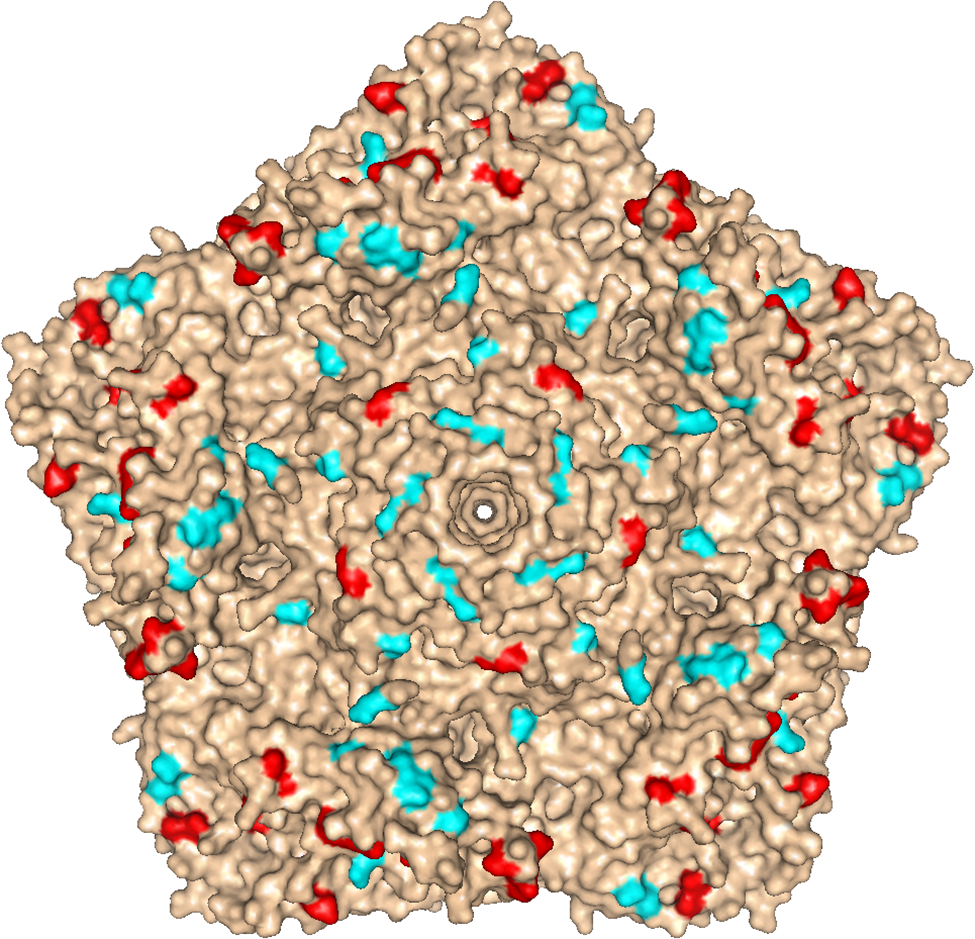On the 24 October 2019 the World Health Organization (WHO) declared that wild poliovirus type 3 has been eradicated globally. This announcement, which coincided with World Polio Day, was described as a ‘historic achievement for humanity’ by the Global Polio Eradication Initiative (GPEI), which is coordinating the end game strategy.
Since its inception in 1988, the GPEI has eliminated polio in 125 countries and reduced the incidence of the disease by 99.9%. In 2015, wild poliovirus type 2 was eradicated meaning that now only type 1 remains in the wild where it is confined to Pakistan and Afghanistan.
Continued surveillance
Continued surveillance is crucial to the success of this initiative and is an area that NIBSC is heavily involved in. As 1 of 6 WHO global specialised laboratories, NIBSC supports the 146 members of the Global Polio Laboratory Network who are responsible for analysing samples from suspected polio cases in order to isolate the virus and identify the specific strain. The virus is then genetically mapped to provide an insight into its temporal and geographical origins. This information enables public health officials to put appropriate immunisation strategies in place.
NIBSC also carries out routine environmental surveillance of sewage systems to monitor whether poliovirus is circulating in a population in the absence of disease. This activity previously helped to detect a ‘silent’ outbreak in Israel in 2013 and led to changes in the vaccination policy in this country.
Dr Javier Martin, who leads the polio surveillance group at NIBSC commented that:
 Three-dimensional structure of a wild poliovirus strain
Three-dimensional structure of a wild poliovirus strain
“This is a huge step in our attempt to achieve global polio eradication as two of the three wild poliovirus serotypes have been eradicated. At the same time, this great achievement highlights the urgency to make a final effort to complete the job as poliomyelitis cases due to inadequate vaccine use are still occurring. NIBSC’s contributions to developing new improved polio vaccines and state of the art surveillance and vaccine quality control systems will be critical to achieve this ambitious goal.”
New vaccines
While the eradication of poliovirus type 3 is undoubtedly a significant landmark, there are still obstacles to overcome before polio can be fully eliminated. In addition to eradicating the final wild strain there is a need to develop new vaccines to address issues related to the two types of vaccine that are currently in use: the live attenuated oral polio vaccine (OPV) and the inactivated polio vaccine (IPV).
Although the OPV is very effective at preventing infection, it contains a weakened version of the live virus that, when used in incomplete vaccine campaigns, can revert to a disease-causing form over time putting unimmunised individuals at risk. Consequently, many countries have switched to using the IPV. However, the production of this vaccine involves growing the live virus in large vats prior to inactivation which represents a potential biohazard should the virus accidentally escape.
“ NIBSC’s contributions to developing new improved polio vaccines and state of the art surveillance and vaccine quality control systems will be critical”
Dr Javier Martin, Principal Scientist at NIBSC
At NIBSC we have a team of scientists, led by Dr Andrew Macadam, that are working to develop novel, safe polio vaccines. For example, this team has designed genetically stable versions of the OPV incapable of regaining virulence that were recently the subject of a phase 1 clinical trial. This team has also engineered strains of IPV that are non-infectious to humans that are now licensed to a major vaccine manufacturer. A further approach being investigated is the use of synthetic virus-like particles that lack the genomic material required for infection but are still capable of triggering an immune response.
Going forward, the introduction of these new types of polio vaccine combined with continued effective surveillance efforts will be instrumental in helping the GPEI reach its ultimate goal of a polio-free world.
More information about the history of polio research at NIBSC can be found here.